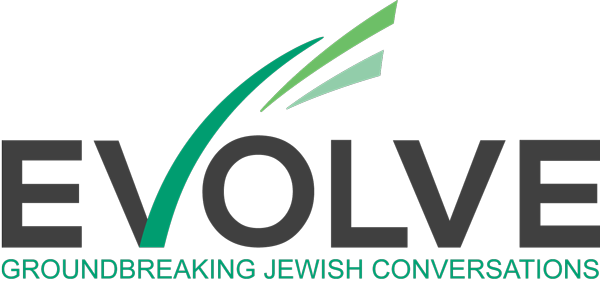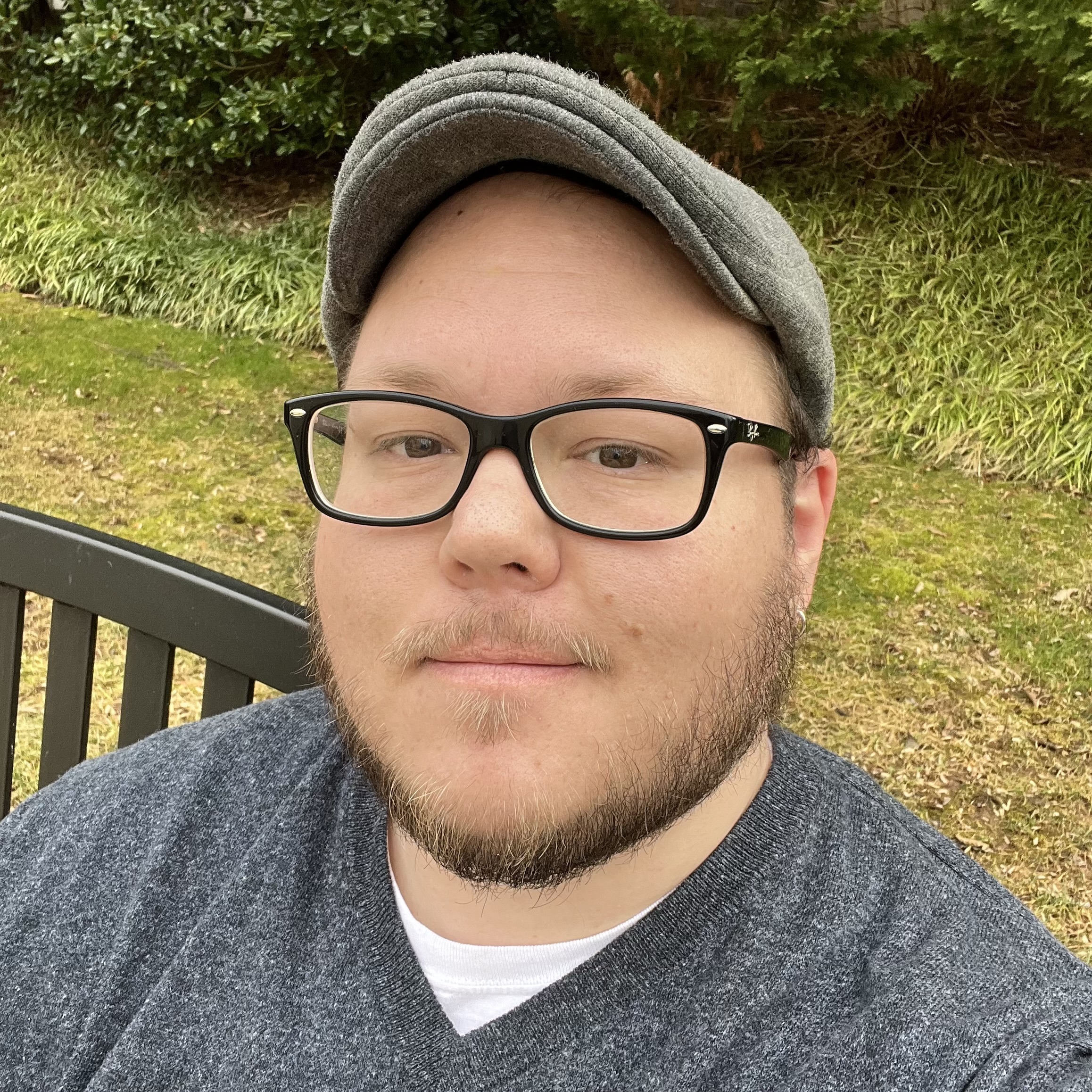Jewish tradition teaches that the Torah is “not in heaven” (Deuteronomy 30:12), that sacred wisdom is meant to be encountered, interpreted and lived by real people through their real lives. And yet, for too long, some of those lives have been absent from the conversation. Disabled Jews (those with physical, intellectual, sensory, psychiatric and chronic conditions) have rarely seen themselves reflected in the way Torah is taught or interpreted. When disability does appear in Jewish discourse, it is often as metaphor or obstacle, not as a source of wisdom or a path to the sacred.
The Disability Torah Project seeks to change that.
Founded in 2024 with support from Reconstructing Judaism and the Beatrice Fox Auerbach Foundation Advisory Fund I/Schiro (SFS), a donor-advised fund at the Jewish Community Fund of Greater Hartford, Conn., the Disability Torah Project is a writing and learning initiative that centers disabled perspectives in the interpretation of sacred Jewish texts. Every week, a new reflection is published on the weekly Torah portion, written by a disabled author. The result is not simply an inclusion effort. Instead, it is a reimagining of what Torah can be when interpreted through the lens of disability experience. This is a project rooted in justice, theology, storytelling, cultural transformation and creative expression. It is not a commentary about disability, but a commentary by disabled people — those who know, in their bodies and spirits, what it means to live in a world not built with them in mind and who nonetheless claim Torah as their inheritance.
Jewish values have animated generations of Jewish educators and activists to push for accessibility and equity within Jewish life.
This essay explores the origin and vision of the Disability Torah Project, the theological and cultural implications of uplifting disabled Torah and the emerging impact of this work on Jewish community, education and leadership.
Jewish texts have long recognized the presence of disabled bodies and minds, though not always in affirming ways. The Torah speaks of Moses’ speech impairment, of priests with bodily differences, of laws around blindness, deafness and mental capacity. Rabbinic texts engage these passages in great detail— sometimes offering insight, other times reinforcing stigmas. Traditional halakhah has exempted some disabled people from full ritual obligation, often with the unintended consequence of exclusion from communal leadership.
At the same time, Judaism contains profound ethical teachings that call us toward inclusion and justice: the command not to place a stumbling block before the blind (Leviticus 19:14), the imperative to honor the dignity of every human being, the prophetic promise of a house of prayer for all peoples (Isaiah 56:7). These values have animated generations of Jewish educators and activists to push for accessibility and equity within Jewish life.
But access alone is not enough. A ramp to the bimah is not the same as a seat at the table where Torah is interpreted and shaped. The Disability Torah Project begins with the conviction that disabled Jews deserve not only to be included, but to be recognized as essential interpreters of Torah. Our perspectives are not optional footnotes to tradition. They expand, complicate and deepen its meaning.
The lived experiences of disabled people — of interdependence and mutual care, of navigating systems that resist or exclude us, of pain and joy and adaptation — are not peripheral to Jewish learning. They carry spiritual and intellectual insights that belong at its very heart. Disability Torah is not a “special interest” lens layered onto Judaism. It is Torah in its fullness, enriched and made more whole by the wisdom of those who move through the world in non-normative ways.
Disabled Jews deserve not only to be included, but to be recognized as essential interpreters of Torah.
Disability is not rare or marginal. In the United States, one in four adults lives with a disability, and that number grows when we consider aging, chronic illness or conditions such as long COVID. Disability is not something that touches only a few of us. Nearly all of us will encounter it directly in our lifetimes, and all of us are connected to it through family, community and care. To ignore disability in Jewish life is to ignore the reality of our people.
Recognizing this, the Disability Torah Project turns toward our sacred texts with fresh eyes. We ask: What happens when we let disability guide our reading of Torah? How do familiar stories shift when we notice the overlooked, the broken, the healed, the dependent, the resilient? Each week, our writers explore these questions, offering essays that illuminate new layers of meaning and invite all of us to see Torah, and ourselves, anew:
- Moses, long revered as the ultimate prophet and teacher, is also a person who struggles with speech and self-doubt. His call to leadership is not in spite of his disability, but through it. God chooses a person who must rely on others — Aaron to speak for him, Miriam to protect him, the people to believe in him.
- Shabbat becomes more than a day of rest; it is a radical reclaiming of time for bodies that resist the rhythms of work. Disability writers understand “crip time” — the nonlinear, adaptive, flexible relationship to time required by illness, care needs or pain. This insight brings new depth to the Jewish concept of sacred time.
- The laws of purity and impurity, often uncomfortable for modern readers, take on different resonances when read through a disability lens. Rather than being about exclusion, they become opportunities to explore how community navigates vulnerability, illness and transformation.
Disability Torah Project writer, Joan Myles, reflects on her experience becoming blind during adolescence and uses that experience to bring empathy to the Egyptians during the story of the plagues in Parashat Bo. She writes:
How would I continue my education? Maintain friendships? Care for myself? Find my place in the world? I was suddenly thrust into a whirlwind far beyond my parents’ protective embrace, into a plague of deep darkness and fear.
I imagine the Egyptians felt similarly, seized by fear and isolation. Their world was unraveling. They had watched locusts obscure their land entirely. Then, without warning, they were plunged into darkness — deep, oppressive, tangible darkness. It would subside after three days, but they did not know that.
Reflections like Joan’s show why centering disability in Torah study matters. They remind us that the questions raised by disability are not peripheral, they challenge our perspectives and strike at the core of what Torah teaches about vulnerability, holiness and how we understand the “other,” both when we are the “other” and when we look beyond ourselves.
The weekly essays produced by the Disability Torah Project are varied in form. While some are traditional textual commentaries, others are personal narratives, blessings or meditations. What unites them is their rootedness in lived experience and their commitment to engaging Torah seriously. These are not side commentaries. They are, in a very real sense, Torah itself.
Disability Torah is Torah in its fullness, enriched and made more whole by the wisdom of those who move through the world in non-normative ways.
There are theological, ethical and communal reasons for centering disabled perspectives in Jewish life.
Theologically, disability invites us to confront uncomfortable but essential truths: that human beings are not self-sufficient, that fragility is part of life and that divinity can be found not in perfection but in imperfection. Judaism has always taught that God chooses unlikely leaders, that the broken tablets are preserved alongside the whole ones, that holiness dwells in the wilderness as well as the Temple. Disability Torah makes these teachings vivid and tangible.
Ethically, centering disabled perspectives is a matter of justice. For too long, disabled people have been spoken about rather than spoken with or spoken over entirely. The Disability Justice movement — first articulated by queer disabled people of color like Patty Berne, Mia Mingus and Stacey Milbern — insists on intersectionality [the way that the interplay of identities impacts privilege and oppression], leadership from those most impacted and recognition of interdependence as a strength. These values resonate deeply with Jewish ethics, which call us to care for one another, lift up the vulnerable and create communities where every person is valued.
Communally, uplifting disabled Torah transforms Jewish life. When disabled people are seen not just as recipients of care or subjects of inclusion efforts but as spiritual leaders, teachers and authors of Torah, the entire community benefits. Our theologies expand. Our practices evolve. Our assumptions are challenged. And we become more attuned to the diversity of the divine image in our midst.
One of the most radical aspects of the Disability Torah Project is its commitment to commissioning and compensating disabled writers. This is not volunteer work, nor is it framed as therapeutic. It is sacred intellectual labor, and it is recognized as such.
Disabled people face significant barriers to employment, publication and leadership. By creating a platform where disabled Jews can write, be paid and be read widely, the Disability Torah Project intervenes in those structural inequities. But more than that, it builds a canon of disability-informed Torah that future generations will inherit.
When we read Torah with disabled perspectives in the room — on the page, on the bimah, in the beit midrash — we read differently. We begin to see access not as an add-on, but as a fundamental part of spiritual life. We learn to value multiple ways of knowing: sensory knowledge, embodied wisdom, emotional insight. We question assumptions about strength, independence and normalcy. And we come to understand that Torah itself grows when interpreted through diverse minds and bodies.
The Disability Torah Project is part of a growing movement to reclaim and reframe Jewish text through the lens of disability. Organizations like Rabbi Jess Belasco’s Disability Justice Torah Circle, Kirva’s “Disability Wisdom as Soul Care” initiative, the Institute for Jewish Spirituality’s “Shalem” affinity space and Yad HaChazakah: The Jewish Disability Empowerment Center all contribute to this ecosystem.
Scholars like Rabbi Julia Watts Belser have published groundbreaking work (such as Loving Our Own Bones) that explores how disability reshapes theology, liturgy and spiritual practice. Educators like Rabbi Elliot Kukla have long spoken and written about the need for disability-informed pastoral care and communal leadership. And leaders like Rabbi Lauren Tuchman have used growing platforms to advocate for the inclusion of Jews with disabilities in all aspects of Jewish life. These thinkers and institutions help build a world where disability is not a problem to solve but a perspective to honor.
What distinguishes the Disability Torah Project is its grassroots nature, its weekly rhythm and its intentional investment in emerging disabled writers. Many contributors are writing about Torah for the first time. For some, it is the first time they have been publicly recognized as both disabled and as teachers. The impact of this is profound: participants report feeling more seen, more connected and more empowered, and not just as Jews but as interpreters of sacred tradition.
The Disability Torah Project is still young, but its impact is already visible. Readers are engaging with the texts each week. Communities are sharing them in newsletters, divrei Torah and classrooms. Disabled Jews are finding one another, seeing themselves reflected in Torah in ways they never have before. And Jewish learning is growing, becoming deeper, more honest, more nuanced.
To ignore disability in Jewish life is to ignore the reality of our people.
Looking ahead, the project is in the process of expanding to offer regular classes and workshops, holiday supplements (such as a disability-informed Haggadah), resources for clergy, virtual and in-person community spaces, and a more robust library that goes beyond the written word to uplift disabled wisdom in art and other forms. It also seeks to cultivate a culture of learning that welcomes all bodies and minds and that makes disabled spiritual leadership not the exception, but the norm.
At a time when Jewish institutions are reckoning with how to be more inclusive, the Disability Torah Project offers a powerful model. It shows what is possible when we move beyond accommodation toward genuine celebration. When we stop asking, “How can we include disabled people?” and start asking, “What can we learn from them?
The Torah is not whole until all of us are part of it. When disabled Jews are absent from its interpretation, the community loses not only their presence but their wisdom. The Disability Torah Project is an act of restoration. It restores perspectives that have been silenced. It restores meaning to texts that have been read through narrow lenses. And it restores a sense of possibility to what Jewish learning can be.
In centering disabled perspectives, the project does not just open the door for new readers. It reveals dimensions of Torah that were always there, waiting to be uncovered by those who know how to read with their bodies, their pain, their adaptations and their joy.
The Torah says: “You shall write them upon the doorposts of your house and upon your gates” (Deuteronomy 6:9). The Disability Torah Project reminds us that those doorposts must be wide enough for every person to enter — not just to come inside, but to teach, to lead and to transform the house itself.








One Response
Wow, this essay has me inspired and eager to explore the writing being generated by this project!